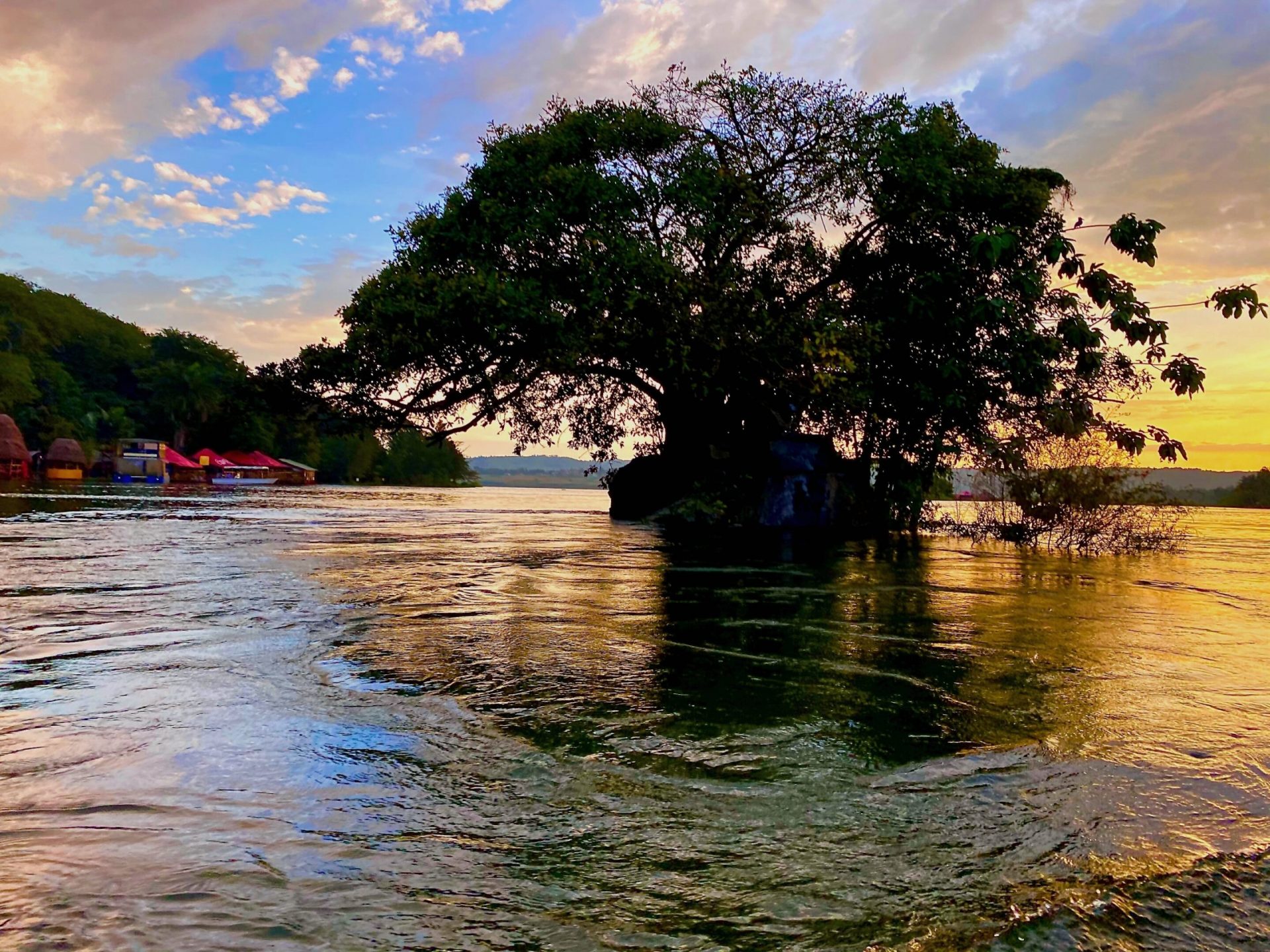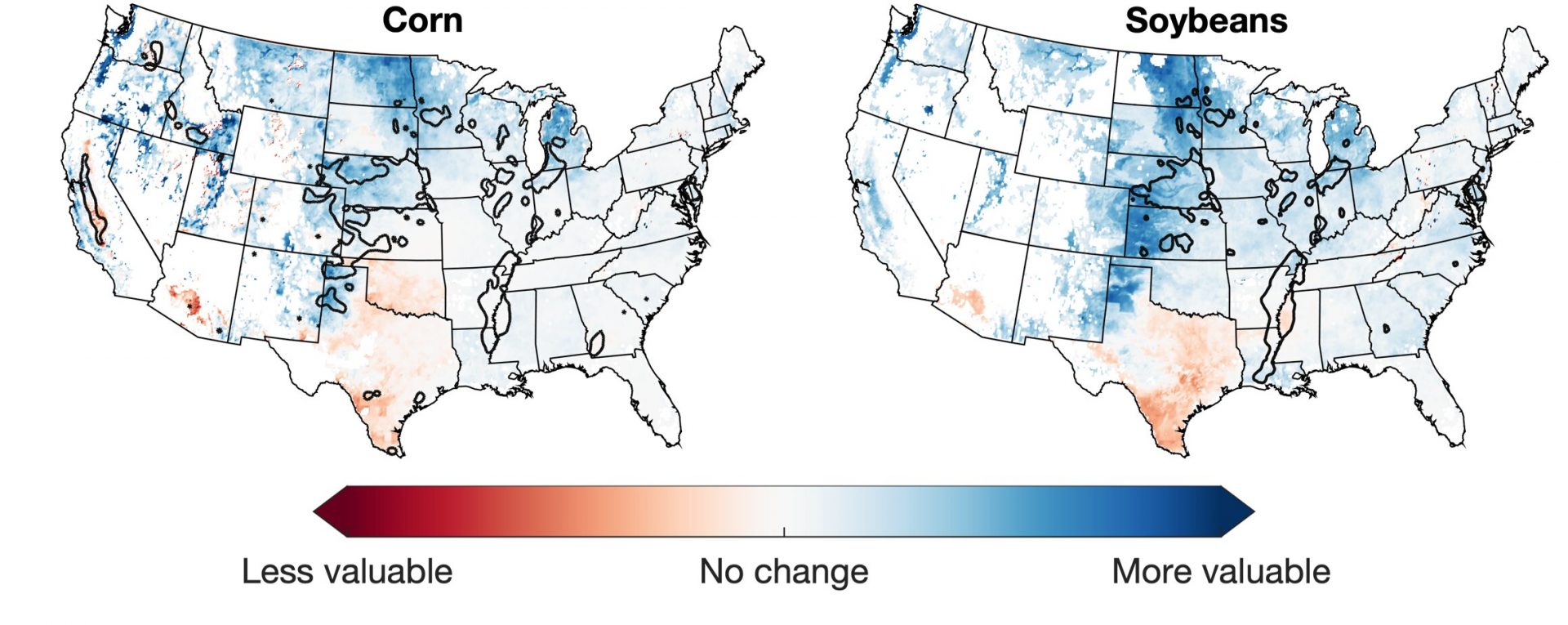The climate crisis is wreaking havoc on Africa, causing more frequent and intense floods, droughts, and heat waves. Unfortunately, the continent’s systems and technologies for monitoring and predicting these weather events are severely lacking. This leaves African populations even more vulnerable to the impacts of climate change.
A team of risk experts and climatologists from the University of Cambridge, along with researchers from Africa and the UK, have highlighted the urgent need for major upgrades to Africa’s “hydromet infrastructure.” Without these upgrades, the damage and death toll from climate-related disasters in Africa will only increase.
Recent research published in the journal Nature reveals a stark disparity in the number of deaths caused by flooding events in Africa compared to Europe and North America. Over the past two decades, the average number of deaths per flood in Africa has been four times higher. This alarming statistic prompted the researchers to investigate the reasons behind this disparity.
They discovered that Africa has only 6% of the radar stations that the US and Europe have combined, despite having a comparable population size and more land. Radar stations are crucial for detecting weather fluctuations, rainfall, and long-term climate trends, providing vital information for predicting floods and other meteorological events. Africa currently has just 37 radar stations, and more than half of them are unable to produce accurate data for weather forecasting.
The research team is calling on the international community to increase funding for disaster risk reduction in Africa. Currently, only a fraction of global development aid is allocated to this cause. Without adequate investment in hydromet systems, other aid efforts aimed at improving agriculture and livelihoods will be rendered ineffective.
“We need to address Africa’s hydro-meteorological blind spot and reduce the exposure of African populations to climate risks,” said Dr. Asaf Tzachor, co-lead author of the study. “Otherwise, more lives will be lost due to the effects of global heating.”
To illustrate the consequences of inadequate hydromet systems, the researchers compare two recent category 4 storms: Tropical Cyclone Idai in southeast Africa in 2019 and Hurricane Ida in the eastern US in 2021. Despite similar wind speeds, the US population received evacuation alerts, while African nations were caught off guard. The death toll in the US was under 100, while over 1,000 Africans lost their lives.
“The Global North has taken multilayered hydromet systems for granted for decades,” said Dr. Catherine Richards, co-lead author of the study. “Meanwhile, Africa is lacking the most foundational layer, which is essential for effective disaster risk reduction.”
The researchers propose a series of recommendations to bridge Africa’s weather-warning gap. These include expanding the number of weather stations, improving satellite monitoring, training more African meteorologists, adopting advanced computational techniques, and enhancing early warning systems with clear instructions in local dialects.
Currently, Africa has only 37 radar stations for a population of 1.2 billion and a landmass of 30 million km², while Europe and the US have 636 radar stations for a population of 1.1 billion and a landmass of 20 million km².








